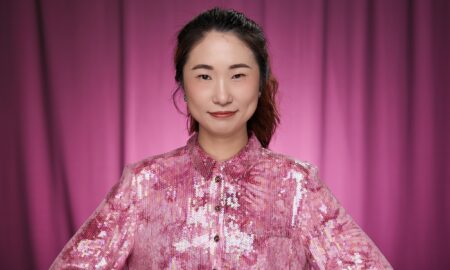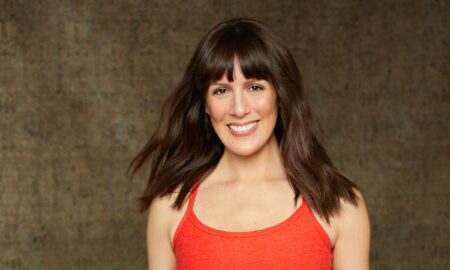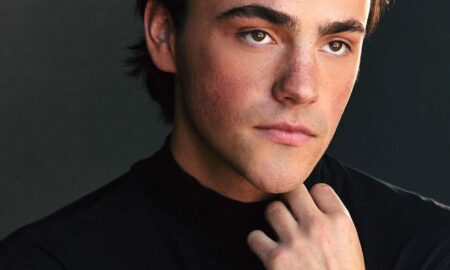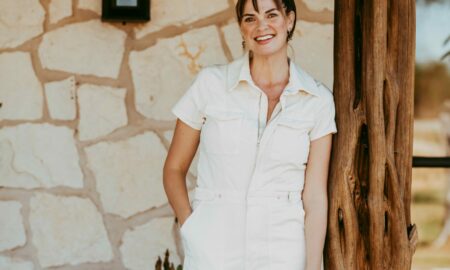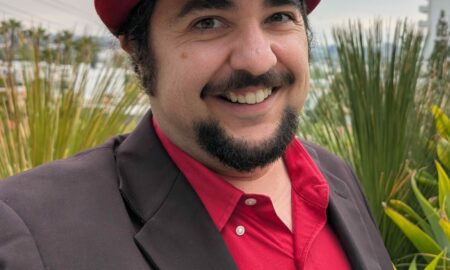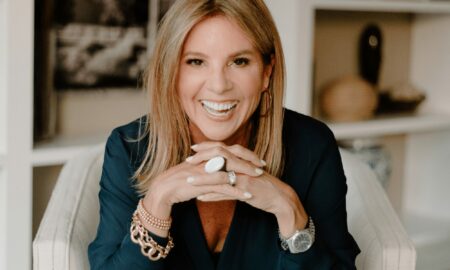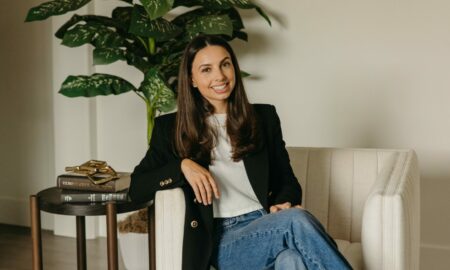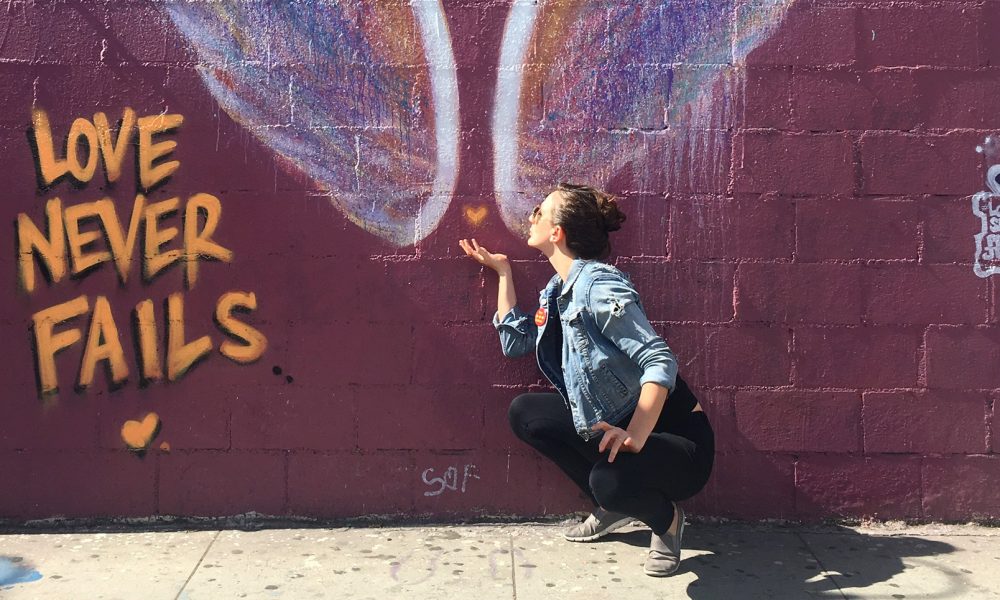

Today we’d like to introduce you to Sarah Helt.
Thanks for sharing your story with us Sarah. So, let’s start at the beginning and we can move on from there.
I walked into my first ashtanga yoga class at 18. I had moved from Iowa to New York City, it was a big change. Yoga totally transformed my idea of what working out could be and what a self-care practice looks like. I was hooked by the athleticism, the strength, and peace of mind that I first gained. After college, I moved to Australia and ended up becoming inspired by a community leading a teacher training in Bali, Indonesia. It was there that I received my first 200-hour yoga teaching certificate. After experiencing a number of different yogic styles and communities, I returned to the US and moved to Chicago.
It was there, in my first year of teaching, that I was introduced to disabled athletes. A para-triathlon coach was looking for a Yin Yoga Instructor for her athletes. Before I knew it my burgeoning vinyasa yoga career had more consistent clients with disabilities and then able-bodied clients. It was through one of these clients that I was introduced to the Accessible Yoga movement in 2015. I connected with at the organizers of the conference in Santa Barbara, and offered to volunteer my time, after about a year I was promoted to the Director of Communications position which I lead for nearly two years. Last year, I resigned that position (to someone amazing) and now I, along with my mentor Jivana Heyman and a small select group of instructors, lead the Accessible Yoga Teacher training program around the world.
Along with private lessons, my in-person group lead yoga classes, and a number of teacher training workshops; I lead the 30-hour teacher training program for Accessible Yoga. It is my sincerest desire that everyone I come in contact with understands that Yoga is accessible to all people no matter with their socioeconomic demographic, race, age, or level of physical ability is. As my mentor would say, “if you have a mind and body, you can do yoga.”
Great, so let’s dig a little deeper into the story – has it been an easy path overall and if not, what were the challenges you’ve had to overcome?
IThe most challenging aspect of my career trajectory was when I first began teaching clients who had an inability to feel some or most of their body in 2012, I knew that my language, cues, and vocabulary had to change. Often in yoga, we begin with the foundation, but when one cannot feel their feet how does one describe the sensation of that energy which moves down into the ground?
When you are teaching an integrated class with many different bodies and ability levels, how can you utilize props to support all bodies uniquely and yet cue in a general way so that everyone feels empowered to find their path, their own center, their own comfort within their body? Alignment cues may help some, but emotional or energetic cues maybe the key to a student’s practice coming to life.
All of these questions I had in the beginning became the inspiration to grow into the teacher I am today! A teacher that could lead trainings with the answers to those questions.
So much of what I had learned about teaching Yoga asana in the beginning suggested I use my able-bodied-practice as a blueprint. It took some time in the beginning to reimagine the practice for the uniqueness of the students in front of me. Which is actually what teaching yoga is all about!
My advice for those just starting out is to find the truth of what Yoga is for you and teach from that place. Find your center. And then allow yourself to be malleable, to adapt, to be mistaken, and to learn. And PRACTICE, specifically the subtler aspects of our practices. “Advanced” Asana (or whatever gymnastics you call you these days) is fleeting, but meditation, Nidra, range of motion, balance are principles with value for all people for a lifetime.
We’d love to hear more about your work.
I am probably best known for strong prop-based power Vinyasa classes in my home community in Pasadena, California. As well as, my adaptive and Accessible Yoga work. I am frequently asked to give workshops at yoga studios on prop use and creating more integrated and ultimately more accessible communities. As my business grows, I hope to become more of a resource to new teachers in the form of a mentorship program both in-person and online. I lead my first international retreat last year to Peru, and I’d like to create accessible retreats moving forward.
I currently tour with the Accessible Yoga Training, my Yin Yoga teacher training, and I am in development for an upcoming 200 hr training. I am available for corporate, individual, and small group lessons in-person and through Zoom in the subjects of meditation, breathing, asana, and philosophy.
Do you recommend any apps, books or podcasts that have been helpful to you?
I am constantly following my mentor Jivana Heyman and the myriad of recommendations that he gives out on a regular basis. I regularly follow these accounts on IG: @accessibleyoga, @jivanaheyman, @kkellyyoga, @ctznwell, @amberkarnesofficial, @skillinaction, @diannebondyyoga.
Blogs/podcasts: Yoga and Healthy Aging Blog w/ Baxter Bell, The Embodiment Podcast, Yoga Talks with Jay Brown, The Connected Yoga Teacher with Shannon Crow
Books: Accessible Yoga by Jivana Heyman, Yoga for Everybody by Dianne Bondy, Yoga for Amputees by Marsha Danzig
Pricing:
- (Quarantine special) Individual Zoom lessons $40
- Group Zoom lessons $15 person, buy three or more $10.00/class
- AYTT $525 early bird/$625 full price
Contact Info:
- Website: Accessibleyogateachertraining.com
- Email: [email protected]
- Instagram: Sarahehelt





 Image Credit:
Image Credit:
Sarah E Helt
Suggest a story: VoyageLA is built on recommendations from the community; it’s how we uncover hidden gems, so if you or someone you know deserves recognition please let us know here.












